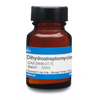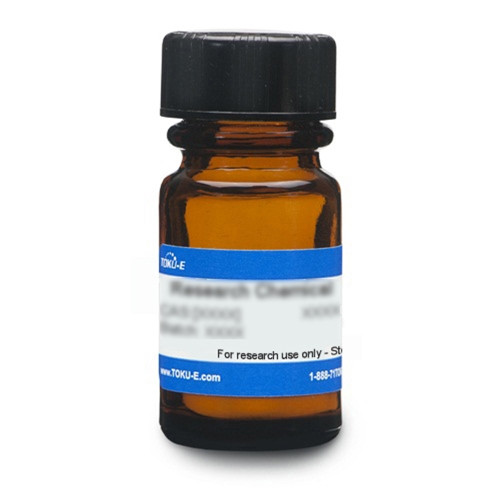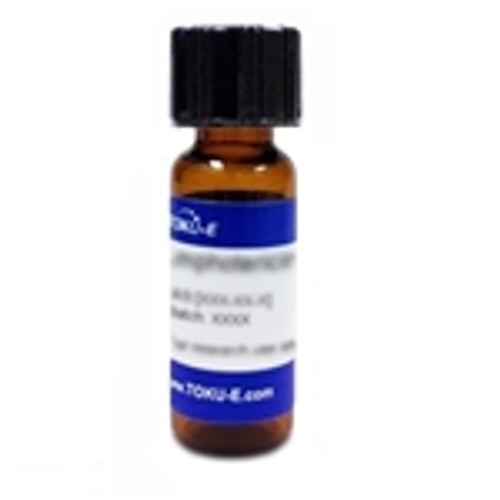Dihydrostreptomycin Sulfate, a derivative of streptomycin, is a semi-synthetic aminoglycoside with bactericidal properties. It interferes with bacterial protein synthesis and is commonly used to study aminoglycoside uptake. It can be used as a selection agent in several types of isolation media and is used in immunology studies.
Dihydrostreptomycin Sulfate is freely soluble in aqueous solution.
| Mechanism of Action | Aminoglycosides target the 30S ribosomal subunit (irreversible binding to S12 protein) resulting in an inability to read mRNA since this interferes with the initiation complex between the mRNA and the bacterial ribosome. This leads to the synthesis of faulty proteins which results in death of the bacterial cell. Dihydrostreptomycin inhibited the induction of beta-galactosidase in E. coli. It also caused accumulation of pyruvate, similar to known inhibitors of terminal respiration (Bragg and Polglase 1963). |
| Spectrum | Activity against most Gram-positive and Gram-negative organisms, and Mycobacterium. |
| Microbiology Applications |
Media Supplements Dihydrostreptomycin can be used as a selective agent in several types of isolation media: STAA Agar - STAA Selective Supplement STAA Agar - STA Selective Supplement |
| Eukaryotic Cell Culture Applications |
Murine peritoneal macrophages and guinea pig peritoneal macrophages were used to study infections caused by Brucella species (Brucella canis and Brucella abortus) with effective elimination of intracellular bacteria (Fountain et al, 1985). Dihydrostreptomycin enhances phagocytosis and intracellular killing of E. coli by isolated mouse peritoneal macrophages. The compound caused macrophages to ingest and kill bacteria (E. coli) at a higher rate than did macrophages without antibiotic (Adam et al, 1972). |
| Molecular Formula |
(C21H41N7O12)2 •3 H2SO4 |
| References |
Adam D, Staber F, Belohradsky BH and Marget W (1972) Effect of Dihydrostreptomycin on phagocytosis of mouse-peritoneal macrophages in vitro. Infect. Immun. 5(4):537-541 PMID 4117984 Bragg PD and Polglase WJ (1963) Action of Dihydrostreptomycin and antagonism by cations. J. Bacteriol. 85(3): 590-94 PMID 14042936 |








